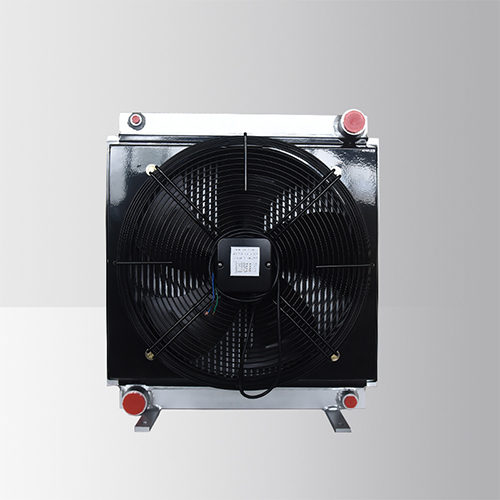【Introduction】
Prof. Pan Feng from Peking University Shenzhen Institute of New Materials, Chinese Academy of Materials Science and Technology recently made important progress in the study of the structure and properties of LiMn1-xFexPO4 materials. They succeeded in synthesizing two α-LiMn1-xFexPO4 nanocrystals (50 nm particles) of high-iron-lithium-lithium antiphase, which show significant differences in electrochemical properties in the opposite phase.
The research was published in Nano Letters (Nano Lett., 2017, 17 (8), 4934 4940, Impact Factor 12.7, one of the Nature Index magazines), a top international journal of materials and energy. This work was conducted by Professor Pan Feng and Bruker Haven National Laboratory, Dr. Zhang Wei guidance, by 2015 doctoral candidate Hu Jiangtao as the first author and team to complete.
【Graphic Guide】
Figure 1 2 # LiFe0.5Mn0.5PO4@C microstructure
The second phase β-LiMn1-xFexPO4 was embedded in α-LiMn1-xFexPO4 50 nanoparticles at 2 nm quantum dots
Figure 2 LiFe0.5Mn0.5PO4 electrode high-rate performance of different starting point
Three-dimensional lithium-ion channel unobstructed transmission and the embedded quantum dot blocking material performance of different charge-discharge efficiency
【research content】
Lithium-ion batteries have a wide range of Applications in transportation as efficient energy storage systems including hybrid electric vehicles (HEVs), plug-in hybrid vehicles (PHEVs) and electric vehicles (EVs), but existing commercial lithium Ion battery cathode material can not meet people's demand for energy density, rate performance and stability. LiNixCoyMnzO2 security, cumbersome processes and other issues hinder the large-scale use of spinel manganese LiMn2O4 face serious capacity decay problem; LiFePO4 safe and inexpensive and can not get rid of the low operating voltage and low energy density limits, in order to improve Working voltage and energy density, academics and industry now pay more and more attention to the research of LiMn1-xFexPO4 material.
Through cooperation with Brookhaven National Laboratory, Yuelius National Laboratories in Germany and Argonne National Laboratory in the United States, the research group conducted an in-depth analysis on the structures of the two materials and found that iron phosphate The second phase of manganese lithium, β-LiMn1-xFexPO4, is embedded in α-LiMn1-xFexPO4 50 nanoparticles as quantum dots (about 2 nanometers). It is found that the high performance antiferromagnetic materials have high antiferromagnetic antiplateposition and many defect sites because these defects break through the transmission in the other adjacent directions and make the transmission of lithium ions extend from one dimensional lithium ion channel to three dimensional Channel transmission, thereby increasing the lithium battery material charge and discharge performance. If the second phase β-LiMn1-xFexPO4 in the α-LiMn1-xFexPO4 material is embedded in the quantum dots to form the nano-material with a nested structure, the embedded quantum dots will block the transmission of the three-dimensional channels of part of the lithium ions to reduce the lithium ions in the entire crystal Of the transmission efficiency, affecting the lithium battery material charge-discharge performance.
In 1804, a British mining technician named Dervisk first used the steam engine of Watt to build the world's first steam locomotive. In 1879, Siemens Electric Company of Germany developed the first electric locomotive. The train was in China. And the irreplaceable value of any other vehicle in the world as a vehicle carrying capacity. The development of China's high-speed railway is also growing stronger. From 199 km to 350 km/h, the future speed may rise to the point where we can't predict, but the same problem is that high speed brings safety issues that are of the utmost concern to global technologists. The high temperature operation of the motor and the long-term high temperature problem of the power equipment must be faced. The cooler technology of the motor and power equipment is a difficult problem in the world. We are also learning to innovate more liquid cooling technology. More applications. At present, our microchannel Heat Exchangers and cold plate heat exchangers have matured and established long-term cooperation with many countries.


Railway Heat Exchanger,External Engine Oil Cooler,Cooling Water Heat Exchanger,Hot Oil Heat Exchanger
Xinxiang Zhenhua Radiator Co., Ltd. , https://www.thermictransfer.com
没有评论:
发表评论